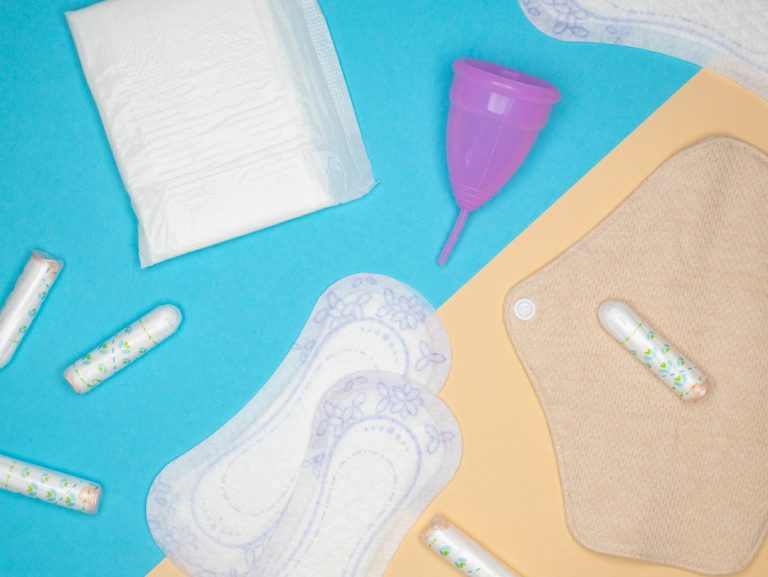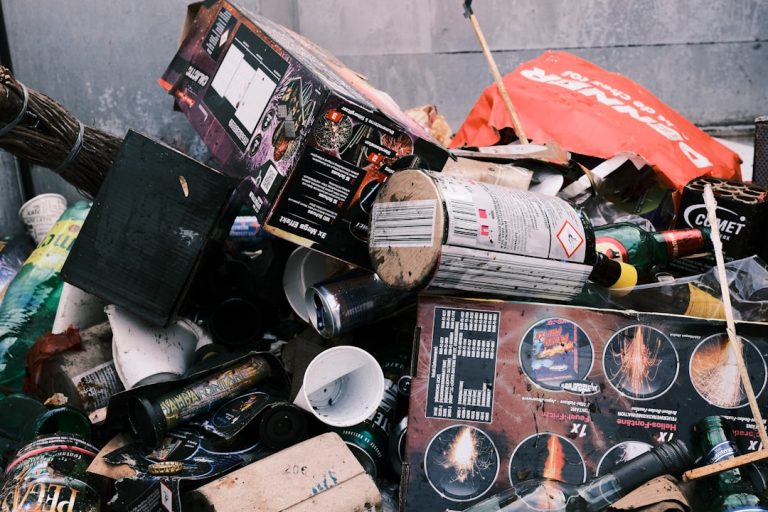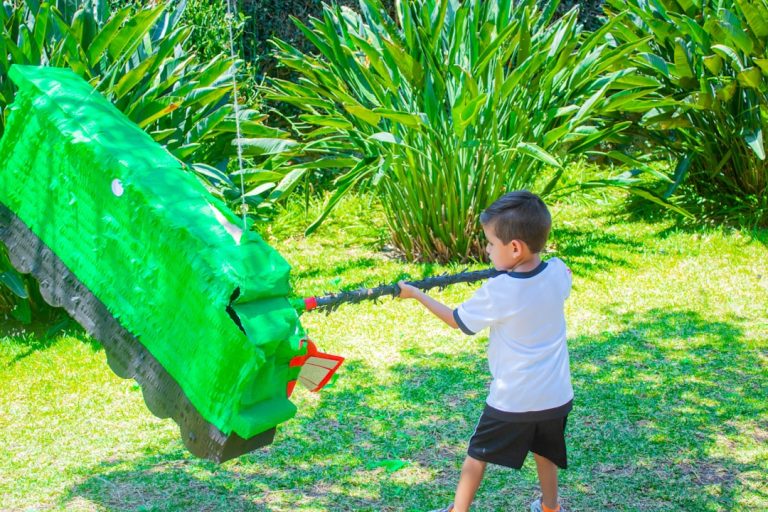How I Reduced My Household Waste by 80% (my Practical Steps).
How I Reduced My Household Waste by 80% (My Practical Steps)
Let’s be honest: the idea of “zero waste” can feel intimidating, even impossible. For years, I watched my trash bin fill up week after week, a constant reminder of my consumption. I felt a growing unease, knowing that everything I threw away eventually ended up somewhere, contributing to a problem far bigger than my single household. I wanted to make a difference, but where to begin? The journey seemed overwhelming, filled with complicated rules and expensive swaps.
Then, I decided to stop aiming for perfection and start focusing on progress. My goal wasn’t to be “zero waste” overnight, but simply to reduce. What started as small, hesitant steps eventually snowballed into a significant lifestyle change. Over the course of about two years, I managed to slash my household waste by a staggering 80%. This isn’t a theoretical guide from an expert; it’s my personal story, detailing the practical, often imperfect, steps I took to achieve this reduction. If I can do it, you absolutely can too.
My Wake-Up Call: Confronting the Reality of My Trash Bin
For me, the turning point wasn’t a sudden epiphany or a documentary. It was a mundane Tuesday morning, standing by my overflowing kitchen trash can. The sheer volume of packaging, food scraps, and miscellaneous items was startling. It felt like a direct reflection of my consumption habits, and frankly, it felt unsustainable. I realized I was passively participating in a system where waste was the default, and I wanted out.
I started by simply observing. For one week, I paid close attention to everything I threw away. No special bins, no drastic changes yet – just observation. This initial phase was crucial because it allowed me to identify my biggest waste culprits without judgment. Was it food packaging? Coffee cups? Old clothes? Knowing where my waste was actually coming from was the first, most important practical step in figuring out how to reduce it. The emotional weight of seeing my family’s weekly output piled up was a powerful motivator; it made the abstract problem of waste feel very real and personal.
The Initial Audit: Unmasking My Household’s Waste Patterns
After my week of observation, I took the plunge and performed a more structured waste audit. This might sound clinical, but it was incredibly insightful. I lined my garage floor with a tarp (don’t worry, gloves were involved!) and emptied my trash and recycling bins, separating everything into categories: food waste, plastic packaging, paper, glass, metal, textiles, and “other.”
What I discovered was eye-opening. My biggest waste streams weren’t what I expected. Food waste, which I previously thought was minimal, actually constituted a huge portion of my bin – nearly 40% by volume! Single-use plastic packaging from groceries, especially flexible films and rigid plastic containers, was another major offender. I also found a surprising amount of paper and cardboard that could have been recycled more efficiently. This audit gave me a clear, data-driven starting point. It wasn’t about guilt; it was about understanding where to direct my efforts for maximum impact. This practical step of confronting the actual contents of my waste stream was the foundation for every subsequent change I made, allowing me to prioritize efforts where they’d have the most significant impact.

Revolutionizing My Kitchen: From Organic Scraps to Conscious Consumption
My kitchen proved to be the battlefield where most of my waste reduction victories were won. It was the source of so much of what ended up in my bin, from food scraps to excessive packaging. Tackling this area first felt like making the biggest dent.
Composting: My Single Biggest Waste Diverter
As my audit revealed, food waste was a huge problem for me. According to the EPA’s waste reduction tips, food waste makes up a significant portion of municipal solid waste, often ending up in landfills where it produces methane, a potent greenhouse gas. Armed with this knowledge, I started with a small, countertop composting made easy bin for fruit and vegetable scraps, coffee grounds, and tea bags. When it was full, I’d transfer it to a larger outdoor tumbling composter. This simple habit immediately diverted a significant amount of organic material from landfill. Not only did it reduce my trash, but it also provided nutrient-rich soil for my small garden. I learned what could and couldn’t be composted (no meat or dairy in my backyard composter to avoid pests and odors), and soon it became second nature. This single change likely accounted for at least 20-30% of my overall waste reduction, transforming what was once trash into a valuable resource.
Strategic Grocery Shopping: Defeating Packaging One Trip at a Time
My shopping habits underwent a complete overhaul. I started by investing in a few key items: reusable produce bags, sturdy cloth shopping bags, and a set of reusable shopping essentials like mason jars and small containers for bulk goods. I then sought out local grocery stores with bulk sections where I could fill my own containers with pasta, rice, nuts, seeds, spices, and even liquid items like olive oil and cleaning supplies. This required a bit of research and a willingness to try new stores, but the effort paid off immensely.
Meal planning became my secret weapon against food waste and impulse buys. Before heading to the store, I’d plan out meals for the week, check my pantry inventory, and create a precise shopping list. This reduced spoilage, saved money, and prevented me from buying items wrapped in unnecessary packaging. I also started buying more fresh, unpackaged produce and choosing items with minimal packaging (e.g., glass jars over plastic, cardboard boxes over plastic bags) when bulk wasn’t an option. It wasn’t always perfect – sometimes a craving for a packaged snack would win – but each small, conscious choice added up. I learned to look for alternatives for notoriously difficult items, like finding local bakeries that would let me use my own bread bag, or choosing milk in returnable glass bottles.
Extending the Low-Waste Ethos: Bathroom, Cleaning, and Beyond
Once I had a handle on kitchen waste, I realized similar principles






